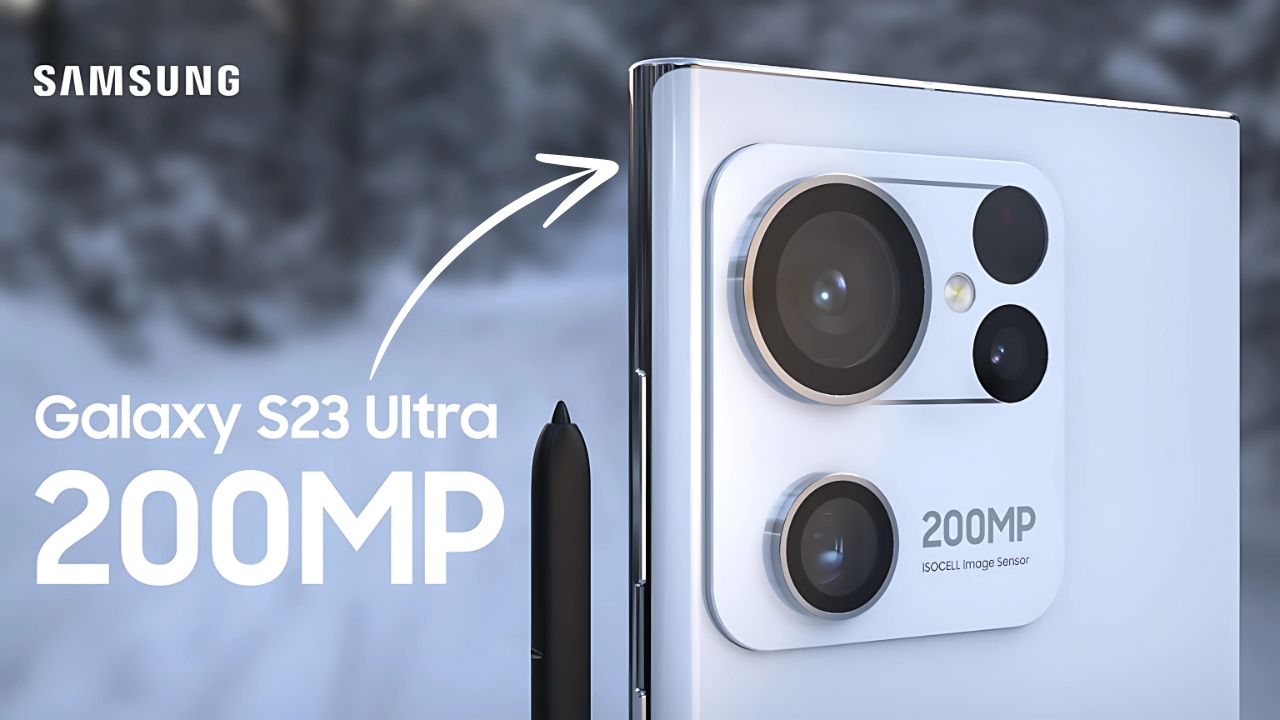In the ever-evolving world of smartphone technology, Samsung has once again pushed the boundaries with its groundbreaking 200-megapixel camera sensor.
This leap in imaging capability has sent ripples through the industry, prompting both excitement and skepticism among tech enthusiasts and photography aficionados alike.
The Evolution of Smartphone Cameras
The journey from the first camera phone to today’s sophisticated imaging systems is nothing short of remarkable.
Remember the grainy 0.11MP sensor on the Sharp J-SH04 back in 2000? Fast forward to 2024, and we’re discussing sensors that capture 200 million pixels. It’s a testament to the relentless pursuit of innovation in the tech world.
Samsung’s 200MP sensor, first introduced in the Galaxy S23 Ultra and carried forward in the S24 Ultra, represents a significant milestone in this evolution.
But what does this mean for the average smartphone user, and how does it stack up against the competition?
Breaking Down the Numbers
200 megapixels sounds impressive, but what does it actually mean in practice? To put it into perspective, a 200MP image would be roughly 16,384 x 12,288 pixels.
That’s enough resolution to print a billboard-sized photo without losing sharpness. However, the real magic lies not just in the number of pixels, but in how Samsung utilizes them.
Pixel Binning: The Secret Sauce
Samsung employs a technique called pixel binning, which combines multiple pixels into one larger pixel. This allows the sensor to be incredibly versatile, adapting to different lighting conditions and photography needs.
In low light, the sensor can combine 16 pixels into one, effectively creating a 12.5MP image with much better light sensitivity. In brighter conditions, users can take advantage of the full 200MP resolution for incredibly detailed shots.
Real-World Performance
Early reviews of the Galaxy S24 Ultra have been largely positive, with many praising the camera’s versatility and image quality.
Professional photographer Maria Gonzalez remarked, “The level of detail captured by this sensor is astounding. It’s changing how I approach mobile photography.”
However, it’s not all roses. Some users have reported issues with processing times for full 200MP shots, and storage concerns have been raised.
A single 200MP image can easily take up 40-50MB of space, which can quickly fill up even the most capacious smartphones.
Comparing with the Competition
While Samsung leads the megapixel race, competitors like Apple and Google have taken different approaches.
Apple’s iPhone 16 Pro Max, for instance, uses a 48MP main sensor, focusing instead on computational photography to enhance image quality. Google’s Pixel 9 Pro similarly emphasizes software optimization over raw pixel count.
Tech analyst John Smith notes, “It’s not just about the megapixels. The real test is in the final image quality, and that’s where software processing plays a crucial role.”
Looking to the Future
Rumors are already swirling about Samsung’s plans for the next generation of camera sensors.
Leaker Sanju Choudhary recently claimed that the Galaxy S26 Ultra might feature a staggering 324MP sensor. While this claim has been disputed by other sources, it’s clear that Samsung is not resting on its laurels.
However, some industry experts are questioning whether this megapixel arms race is truly beneficial for consumers.
Dr. Lisa Chen, a professor of digital imaging at MIT, argues, “At a certain point, increasing resolution yields diminishing returns for smartphone photography. The focus should be on improving low-light performance and dynamic range.”
The Challenges Ahead
As smartphone cameras continue to evolve, manufacturers face several challenges:
- Processing Power: Handling 200MP (or higher) images requires significant computational resources, which can impact battery life and overall phone performance.
- Storage Concerns: High-resolution photos and videos consume vast amounts of storage, potentially forcing users to rely more on cloud services.
- Lens Quality: As sensors improve, the quality of smartphone lenses becomes increasingly crucial to fully utilize the sensor’s capabilities.
- AI Integration: The role of artificial intelligence in processing and enhancing images is becoming more critical, presenting both opportunities and ethical concerns.
The Bigger Picture
The 200MP sensor is more than just a number; it’s a symbol of the smartphone industry’s relentless push for innovation.
It represents a convergence of hardware prowess and software intelligence, blurring the lines between professional and mobile photography.
As we look to the future, it’s clear that the megapixel race is just one aspect of smartphone camera evolution.
The true winners will be those who can balance high resolution with practical usability, computational photography, and AI-driven enhancements.
Samsung’s 200MP Camera
Samsung’s 200MP camera sensor is undoubtedly a technological marvel, pushing the boundaries of what’s possible in smartphone photography.
While it may not be the ultimate solution for every photography need, it represents a significant step forward in mobile imaging technology.
As consumers, we stand to benefit from this ongoing innovation, whether through Samsung’s high-resolution approach or the computational photography advancements of its competitors.
The smartphone in your pocket is now more capable than ever of capturing life’s moments with stunning clarity and detail.
The question now is not just how many pixels we can pack into a sensor, but how we can use those pixels to create truly meaningful and beautiful images.
As the line between professional and smartphone photography continues to blur, one thing is clear: the future of mobile imaging is brighter—and more detailed—than ever before.
